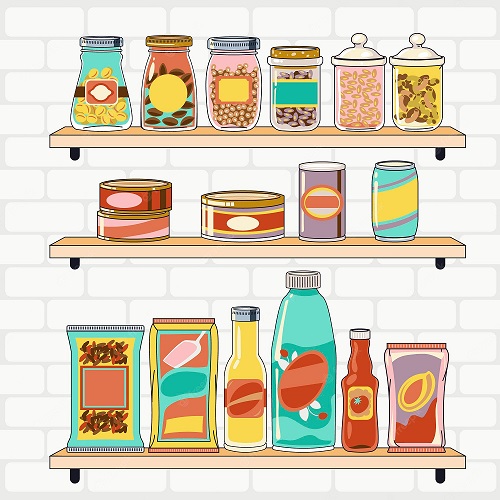
Have you noticed how fermented foods are making a strong comeback of late? It’s somewhat a trendy reinvention bringing new varieties and gourmet flavours to things like pickled vegetables and flavoured kombucha teas.
To me when I think about anything fermented the first thing that pops into my head is the kombucha tea my mother experimented with during the ’90s. After many fails the kombucha mushroom finally formed and with that came a very acidic tasting drink that was much like vinegar.
Fermenting foods is anything but a new trend with it starting way back before fridges and freezers were invented as a way of stopping food from going to waste. Along the way, it was discovered that this super cheap way of eating was actually more nutrient-dense than non-fermented foods.
BUT is it just another trend rearing its head or is fermentation really worth it?
Without even knowing it you probably already eat bacteria-ridden food in the way of yoghurt (the real deal not the sugary dairy equivalent). Fermentation is the process by which food is transformed (broken down) using bacteria or other microorganisms. The addition of bacteria and cultures adds back healthful elements that may have been purged in our bacteria-averse society, helping our bodies’ natural systems—including digestive and immune functions—to work more effectively.
Other ways of eating fermented foods help
+ Maintains enzymes in food that gives digestion a break
+ Increase vitamin content as in B vitamins and vitamin K from some dairy
+ Food keeps for longer
+ Is cost-effective
Ways to eat fermented foods in your meals
+ Yoghurt
Fermented from milk and live bacterial culture (like the probiotic acidophilus), yoghurt is well tolerated by those sensitive to most dairy products, especially lactose. Lactose is used or eaten up by the bacteria as it proliferates and turns to yoghurt. Make your own here
+ Kefir

Kefir is widely considered to be the most potent, healthy probiotic beverage around. It’s a cultured (fermented) milk similar to yoghurt but far more superior. Milk kefir is often referred to as the “Champagne” of cultured milk and contains approximately five times more friendly bacteria than yoghurt.
Studies have even shown that milk kefir has about four hundred times more friendly bacteria than the probiotic tablets available at our local health food stores. It can be found in the dairy section near yoghurt and dairy. Here’s how to make your own from kefir ‘grains’.
+ Sauerkraut
Most commercial sauerkraut these days is made with vinegar. But the real deal is made from pounding sliced cabbage, adding salt and letting it ferment. The salt draws out the cabbage juice, which contains sugar. The juice and sugar ferment forming lactic acid, which creates sauerkraut’s tangy flavour. But sauerkraut is one of the saltiest foods known, containing way too much sodium for people with high blood pressure and heart disease. If you rinse and soak sauerkraut in cold water before you eat it, you can lower the sodium content considerably.. Want to try and make your own sauerkraut?
+ Kombucha
A sugary tea the kombucha is actually a symbiotic colony of bacteria and yeast and producers claim that it ‘detoxifies the body and energizes the mind’. Kombucha is showing up in cold drink fridges at your local corner store but just be wary of the sugar content, or you could make your own kombucha at home.
So there you have it, like it or lump it there is some merit to fermenting foods and bringing our guts back into line, but how far would you go?



